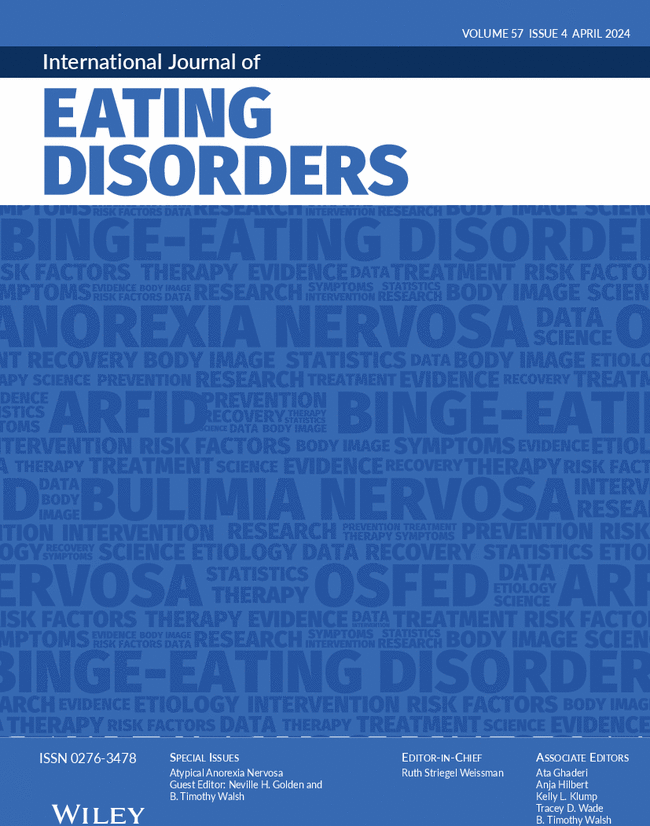Predictive Validity of Maladaptive Exercise Definitions: A 10-Year Longitudinal Cohort Study
Abstract
Objective
Prior efforts to define maladaptive exercise indicate that compensatory and compulsive features and exercising for appearance are associated with disordered eating in cross-sectional studies. However, the predictive validity of these definitions in adults requires examination. This study employs a 10-year longitudinal cohort design to evaluate whether these established definitions of maladaptive exercise predict disordered eating and weight-related outcomes.
Methods
Men (n = 592) and women (n = 1467) completed surveys of exercise and disordered eating in 2002, and 74% completed surveys at the 10-year follow-up. Exercise amount (duration and frequency), compensatory, appearance, and compulsive exercise were tested as prospective predictors of body mass index (BMI), Drive for Thinness, and Bulimia.
Results
Exercise for appearance prospectively predicted higher BMI, Drive for Thinness, and Bulimia at follow-up. Compensatory exercise also uniquely predicted higher BMI at follow-up, and compulsive exercise demonstrated no unique prospective associations with disordered eating or weight-related outcomes.
Discussion
The unique effect of appearance exercise highlights the importance of addressing exercise motivations to reduce disordered eating risk. Such work may highlight that exercising for weight control or body definition predicts higher BMI and more disordered eating over the long term. Future studies should employ longitudinal designs, with multiple waves of follow-up, to examine potential bidirectional influences between maladaptive exercise and disordered eating as well as the long-term health consequences of maladaptive exercise.

 求助内容:
求助内容: 应助结果提醒方式:
应助结果提醒方式:


